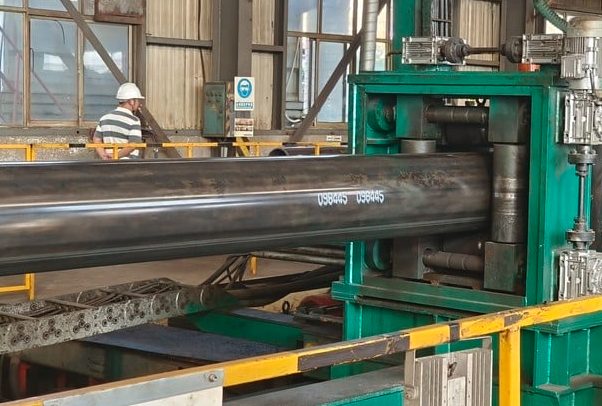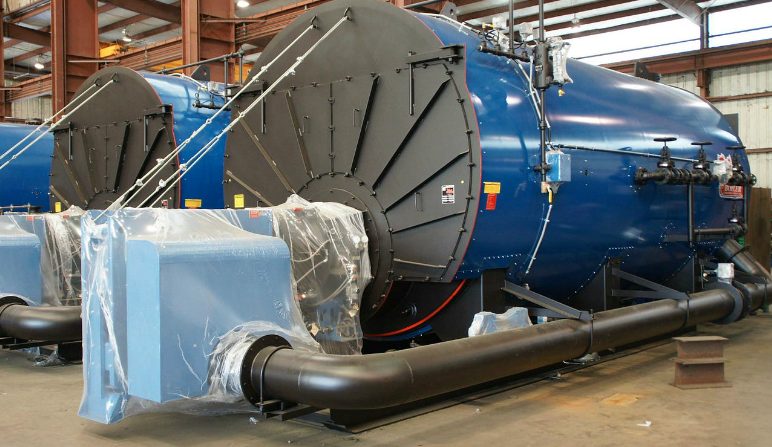Boiler tubes are crucial components in the functioning of boilers, responsible for carrying hot gases and water through the system. When it comes to selecting the appropriate size of boiler tubes, several factors come into play. In this article, we'll delve into the intricacies of boiler tube sizing, exploring the different dimensions and their respective applications.

Understanding Boiler Tube Sizes: Boiler tubes come in various sizes, each designed to meet specific requirements based on factors such as pressure, temperature, and flow rate. The size of a boiler tube is primarily determined by its outer diameter (OD) and wall thickness.
- Outer Diameter (OD): The outer diameter of a boiler tube refers to the measurement across the widest point of the tube. Common OD sizes for boiler tubes range from fractions of an inch to several inches, depending on the application. Smaller diameter tubes are often used in low-pressure boilers or for applications where space is limited, while larger diameter tubes are preferred for high-pressure boilers to accommodate higher flow rates and pressures.
- Wall Thickness: Wall thickness plays a critical role in determining the strength and durability of boiler tubes. Thicker walls provide better resistance to pressure and temperature fluctuations, making them suitable for high-pressure applications. Conversely, thinner walls are used in low-pressure boilers to optimize heat transfer efficiency while minimizing material costs.
- Length: Boiler tubes are typically available in standard lengths, ranging from a few feet to several meters. However, custom lengths can also be fabricated to meet specific project requirements. The length of the tube affects its installation and compatibility with different boiler designs.

Applications of Different Sizes: The selection of boiler tube size depends on the specific requirements of the boiler system and the intended application. Here are some common scenarios where different sizes of boiler tubes are utilized:
- Small Diameter Tubes (e.g., < 2 inches):
- Used in residential and small commercial boilers with lower pressure and heat output.
- Ideal for applications where space is limited, such as compact boiler designs or retrofit installations.
- Medium Diameter Tubes (e.g., 2-4 inches):
- Commonly employed in medium-sized industrial boilers for moderate pressure and heat requirements.
- Suitable for a wide range of applications, including heating systems, power generation, and industrial processes.
- Large Diameter Tubes (e.g., > 4 inches):
- Reserved for high-pressure boilers in industrial settings, such as power plants, refineries, and chemical processing facilities.
- Designed to withstand extreme temperatures and pressures while maintaining structural integrity and efficient heat transfer.
Boiler tube sizing is a crucial aspect of boiler design and maintenance, influencing performance, efficiency, and safety. By understanding the significance of outer diameter, wall thickness, and length, engineers and operators can make informed decisions when selecting boiler tubes for their applications. Whether it's a small residential boiler or a large-scale industrial plant, choosing the right size of boiler tubes is essential for optimal performance and longevity.








